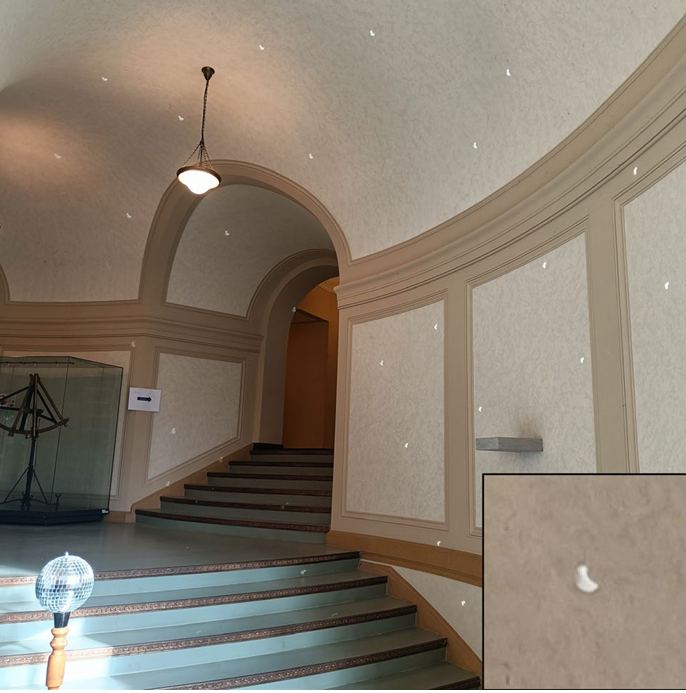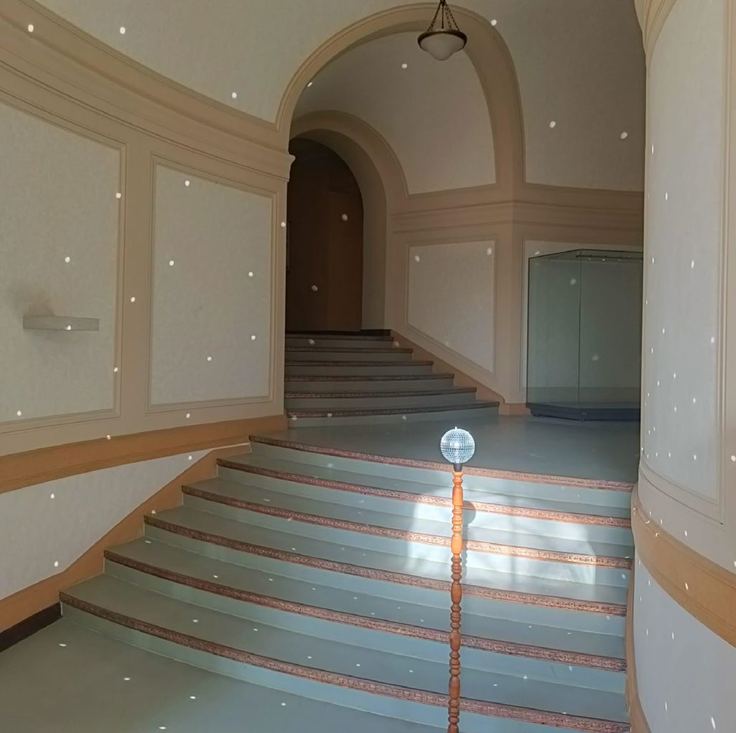![]()
A group of astronomers have called for more disco balls to be installed in observatories and scientific facilities to better observe the Sun.
Disco balls are made up of pinhead mirrors that work much like pinhole cameras except they reflect light back onto a surface.
In a new paper in the Physics Education journal, a group of astronomers from Sweden argues that mirror balls could be an “easy and fun” way for multiple people to observe the Sun safely and urged observatories and scientific facilities to install more of them.
“Disco balls can be used with minimal preparation as mildly defocused pinhole projectors that are able to project bright light sources (such as the Sun) on a wall or screen,” writes the scientists.
“Unlike more traditional solar projection tools like pinhole projectors and colanders, the disco ball spreads its solar images across a room, producing recognizable solar disks from distances of about two meters and onwards.”

“This makes the disco ball a more accessible tool for larger or socially distanced groups. It is also possible to observe large sunspots with a disco ball with small enough mirror segments,” add the researchers.
The astronomers argue that the disco ball has been overlooked for too long as a way of observing the Sun and could only find a few instances of other scientists using them.

And while pinhead mirrors can be easily created by “breaking or covering larger mirrors,” disco balls are a cheap and safe alternative that are “readily available at remarkably low prices.”
Boogie Sun-derland
The paper acknowledges that the mirror ball is synonymous with the 1970s and nightclub culture in general. However, the astronomers see this as a good thing.
“Additionally, their associations to concerts, discotheques, and parties make them interesting and unexpected objects for demonstrating physics to schoolchildren and the general public,” the researchers add.
Image credits: Header photo licensed via Depositphotos.
